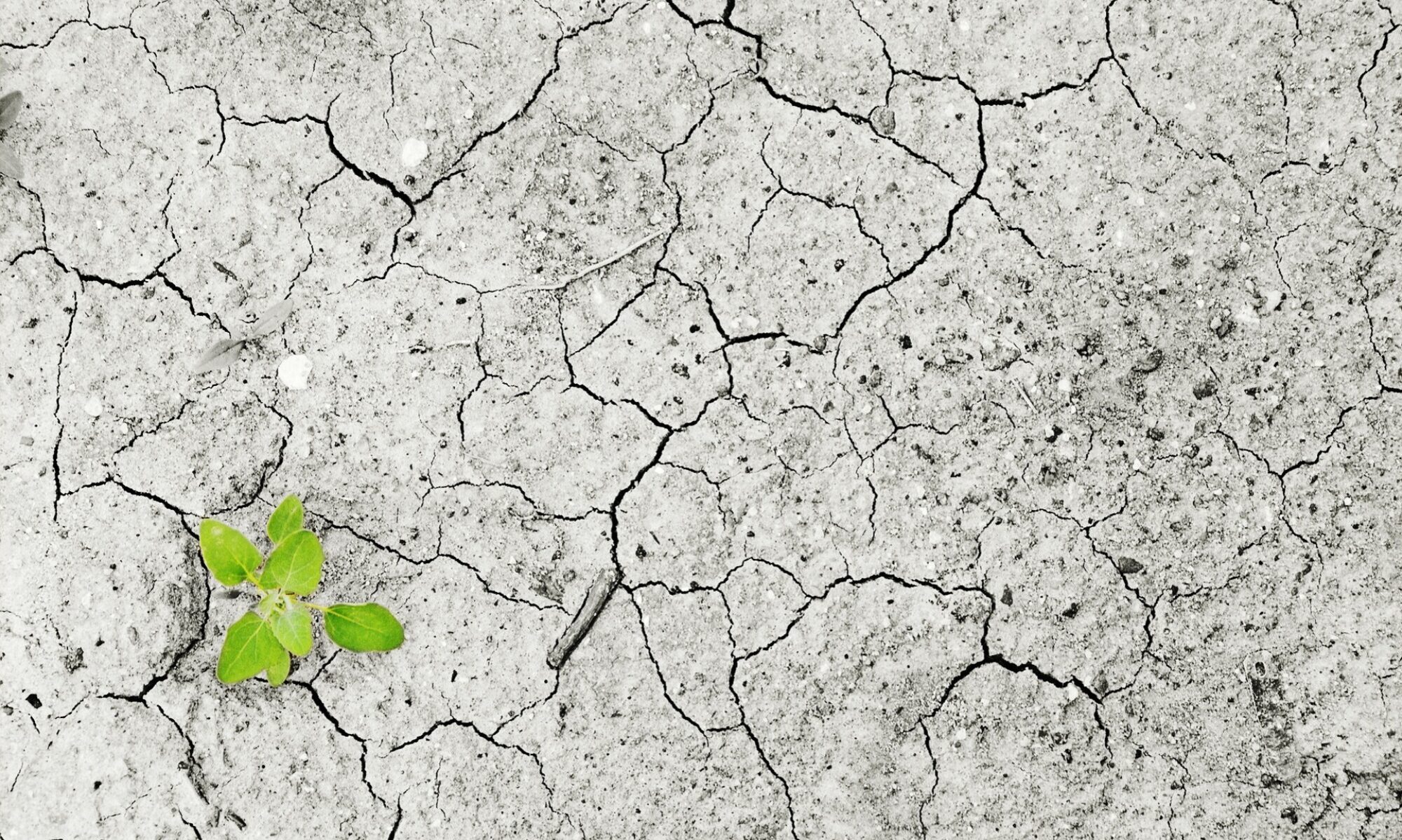28 May 2021 – by Atoosa Gitiforoz
India, one of the world’s fastest growing economies, has the third highest Greenhouse Gas Emission (GHG) emissions in the world behind the United States and China. Earlier this year, the Ministry of Earth Sciences (MoES) reported that the air temperature had risen by 0.7 degrees Celsius 1901 – 2018, and the sea level 1 degrees Celsius between 1951-2015.
India’s rising air and sea temperatures and rapid urbanisation have had damaging domestic climate effects primarily impacting the poor, marginalised, indigenous and women. Studies show that up to 15% of maize crop areas are affected by flash droughts every year. Agricultural policies also exacerbate climate change; a reliance on thermal power (68% of GHG emissions) brings low quality, high yields. Crops such as rice and wheat in dry conditions worsen monsoon variations due to their high water consumption. Approximately 65% of India’s population live in rural areas, many of whom rely on climate sensitive sectors such as agriculture, fishing and livestock.
At the Paris Climate Summit [COP21], India’s Nationally Determined Contribution (NDC) pledged to reduce emission intensity by 33-35%, increase its share of non-fossil based fuel to 40% by 2030 and boost forest cover to absorb 2.5-3 billion tonnes of carbon dioxide by 2030. Climate Action Tracker, a joint initiative by two climate research organizations based in Germany, state that India is the only major country whose climate mitigation efforts are in line with the goal of limiting global warming to 2 degrees Celsius.
During the pandemic, India’s proportion of renewable energy rose from 17 per cent to 24 per cent while coal-fired power declined from 76 per cent to 66 per cent. Renewable energy in India has the potential to increase employment, improve air quality, water and land use and biodiversity. Scientific and financial incentives by the Indian government would help shift farmer reliance away from crops that worsen arid land.
Climate change resilience, alongside mitigation efforts, is key for countries where climate disasters are currently common. Carbon sequestration through the protection and nourishment of forests and urban green spaces improve drought, flash flood, landslide and coastal infrastructure resilience. It also lowers ambient temperatures. Access to water can be improved through the implementation of solar pumps, water sprinklers, drip irrigation, mulching and bed plantation – all of which are low cost relative to irrigation projects. Empowering local communities to take part in water harvesting and conservation ensures that efforts suit local ecologies too.
Whilst India is committing to climate change mitigation efforts for 2030, longer-term goals and on-going changes to technology, policy and social efforts must be made. A low carbon growth route with clear domestic climate policies and incentives is necessary if India is to hit net-zero targets.


